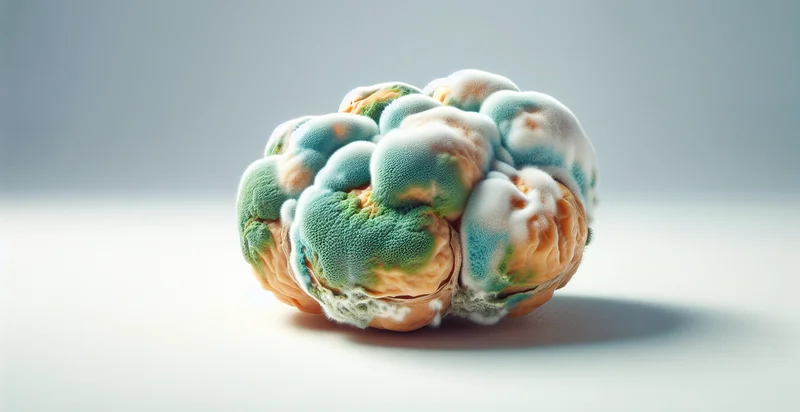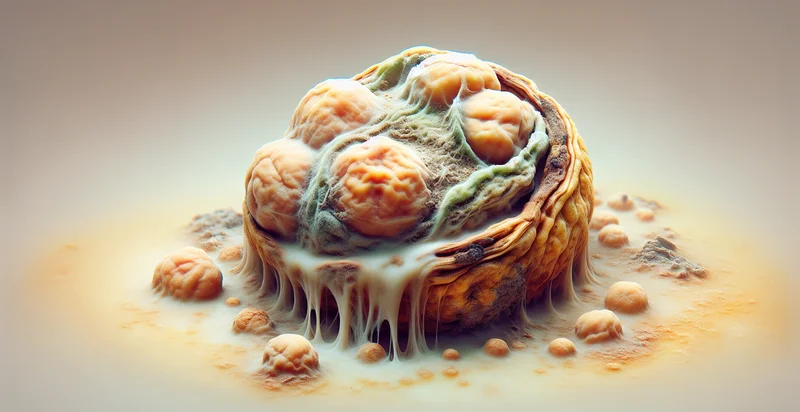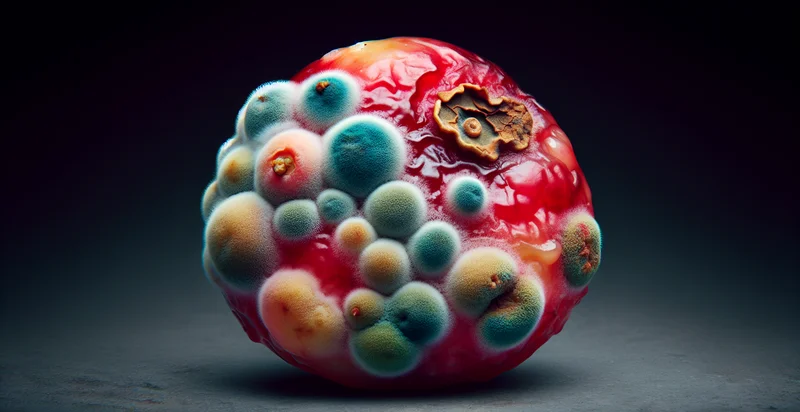Identify if chickpea is moldy
using AI
Below is a free classifier to identify if chickpea is moldy. Just upload your image, and our AI will predict if the chickpea is moldy - in just seconds.


Contact us for API access
Or, use Nyckel to build highly-accurate custom classifiers in just minutes. No PhD required.
Get started
import nyckel
credentials = nyckel.Credentials("YOUR_CLIENT_ID", "YOUR_CLIENT_SECRET")
nyckel.invoke("if-chickpea-is-moldy", "your_image_url", credentials)
fetch('https://www.nyckel.com/v1/functions/if-chickpea-is-moldy/invoke', {
method: 'POST',
headers: {
'Authorization': 'Bearer ' + 'YOUR_BEARER_TOKEN',
'Content-Type': 'application/json',
},
body: JSON.stringify(
{"data": "your_image_url"}
)
})
.then(response => response.json())
.then(data => console.log(data));
curl -X POST \
-H "Content-Type: application/json" \
-H "Authorization: Bearer YOUR_BEARER_TOKEN" \
-d '{"data": "your_image_url"}' \
https://www.nyckel.com/v1/functions/if-chickpea-is-moldy/invoke
How this classifier works
To start, upload your image. Our AI tool will then predict if the chickpea is moldy.
This pretrained image model uses a Nyckel-created dataset and has 2 labels, including Moldy Chickpea and Non Moldy Chickpea.
We'll also show a confidence score (the higher the number, the more confident the AI model is around if the chickpea is moldy).
Whether you're just curious or building if chickpea is moldy detection into your application, we hope our classifier proves helpful.
Related Classifiers
Need to identify if chickpea is moldy at scale?
Get API or Zapier access to this classifier for free. It's perfect for:
- Quality Control in Food Processing: This use case involves integrating the moldy chickpea identifier into the quality control processes of food processing plants. By automatically scanning and detecting moldy chickpeas, companies can ensure only high-quality products reach the market, minimizing wastage and the risk of foodborne illnesses.
- Supply Chain Management: The identification of moldy chickpeas can be incorporated into supply chain monitoring systems. This allows suppliers to assess the quality of chickpeas during transit and storage, ensuring that only fresh produce is delivered to retailers and reducing the potential for spoilage.
- Agricultural Health Monitoring: Farmers can utilize the moldy chickpea identifier in the field to monitor the health of their crops. Early detection of mold can help farmers take proactive measures to mitigate further spread, thus preventing large-scale crop losses and improving overall yield.
- Automated Sorting Systems: Food processing machines can be enhanced with the mold detection function to automate the sorting of chickpeas. This increases efficiency by quickly removing moldy chickpeas from the production line, speeding up processing times and ensuring product quality.
- Consumer App Integration: A mobile application can integrate the moldy chickpea identifier, allowing consumers to scan products at home. This empowers users to make informed decisions about the safety and quality of chickpeas, enhancing consumer trust in food purchases.
- Research and Development: Researchers can leverage the mold detection technology to study the conditions under which chickpeas develop mold. This can lead to advancements in crop science, improving the resilience of chickpea varieties against mold and optimizing farming practices.
- Certification and Compliance: Companies can use the moldy chickpea identification technology to comply with food safety standards and certifications. By demonstrating rigorous quality monitoring, businesses can enhance their credibility and marketability to health-conscious consumers and distributors.


